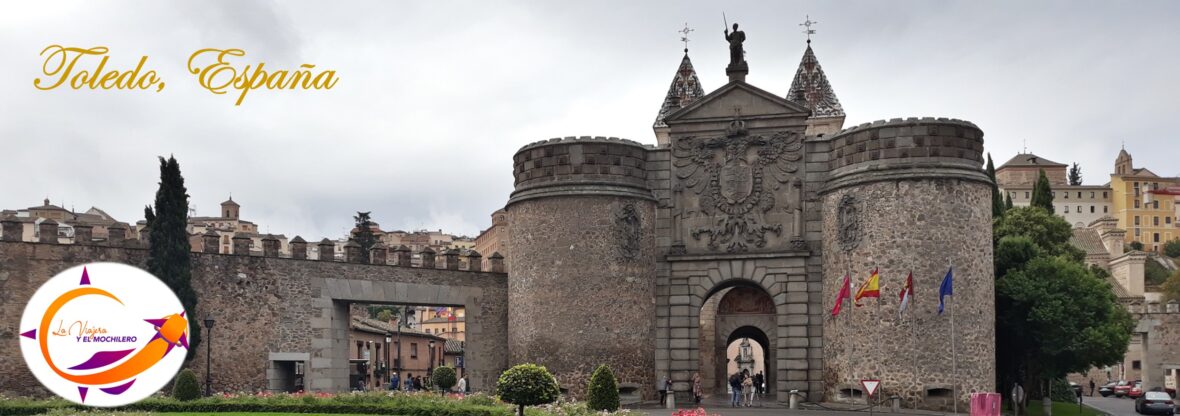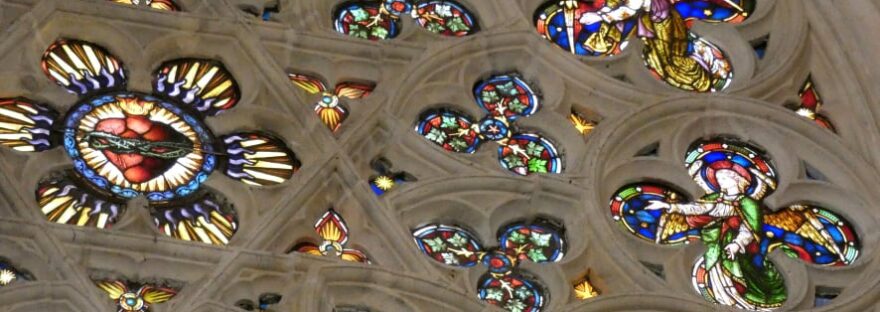Upon entering the Cathedral of Burgos, we never suspected how overwhelming it could be and that is not necessarily a negative thing. On the contrary, there is so much to see!
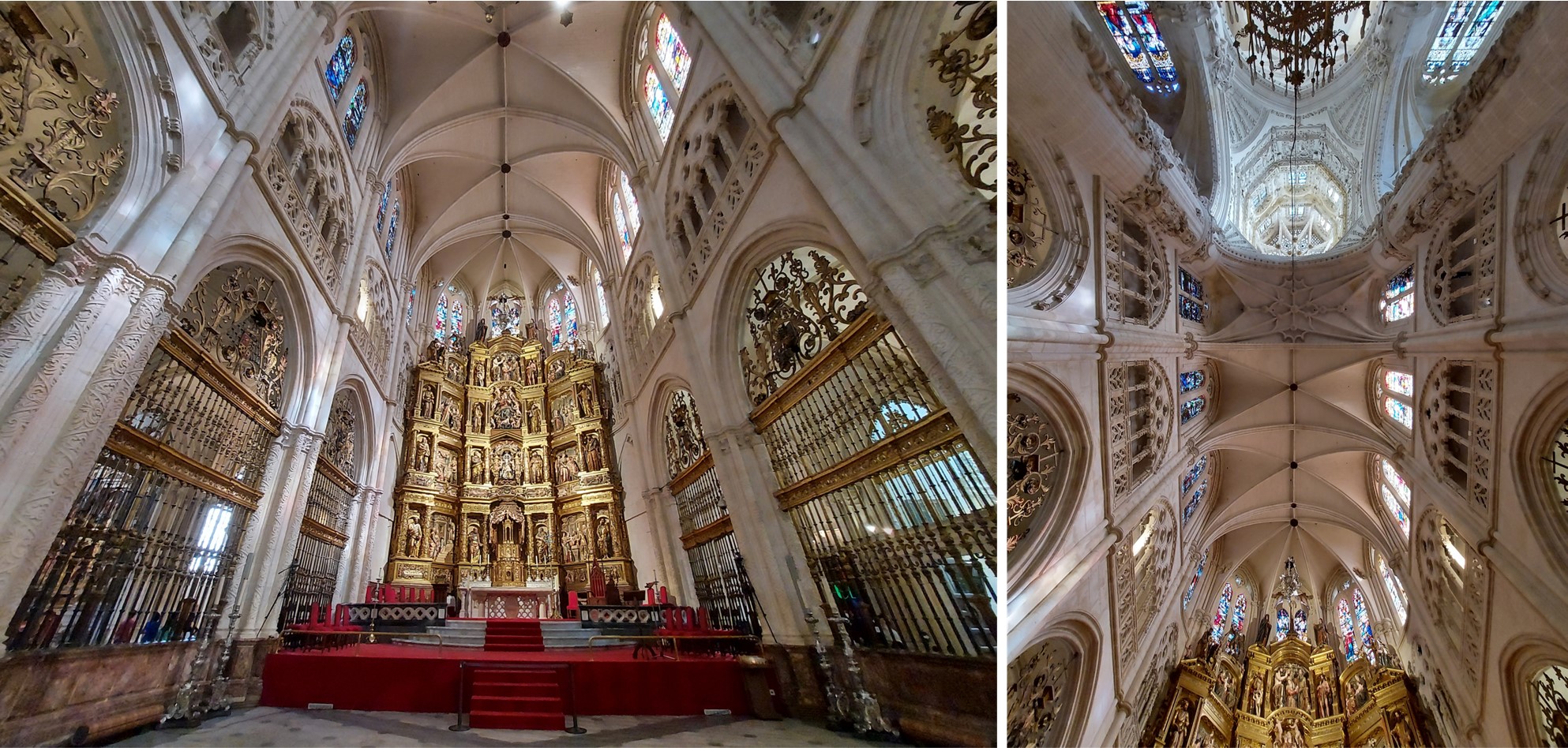
The first thing that will stand out to the eye are the stained glass windows, which blend so perfectly with the white stone of the walls and which can be appreciated in all their splendor from inside the Cathedral of Burgos. The geometric shapes, the glow and its colorfulness immediately catch the eye.
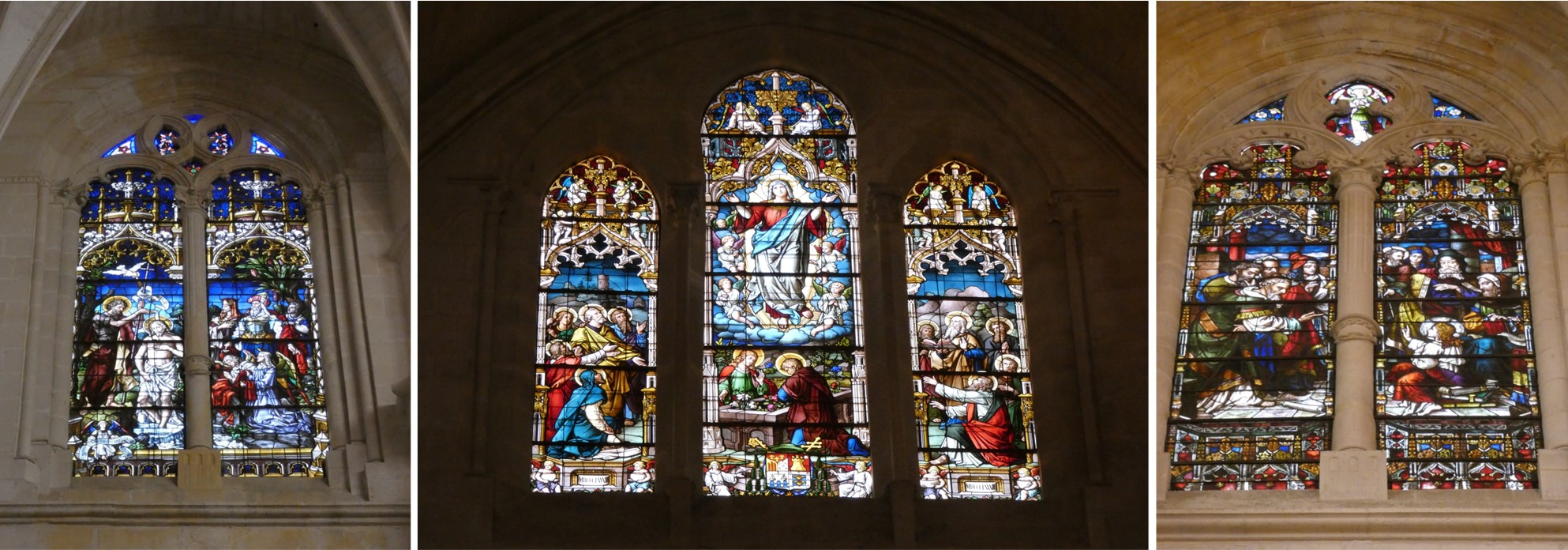
The most important things of these windows are the wealth of styles and techniques used to build them. According to Pilar Alonso Abad, professor of Art History at the University of Burgos, the stained glass windows fulfill three major functions in the cathedral: closing the openings in the walls of the building, transforming the white light from the outside into one full of color and complement other arts used in the Cathedral, such as sculpture and painting. We further add that there is no better way to tell a story of religious scenes than through these artistically painted glasses, transforming light into color.
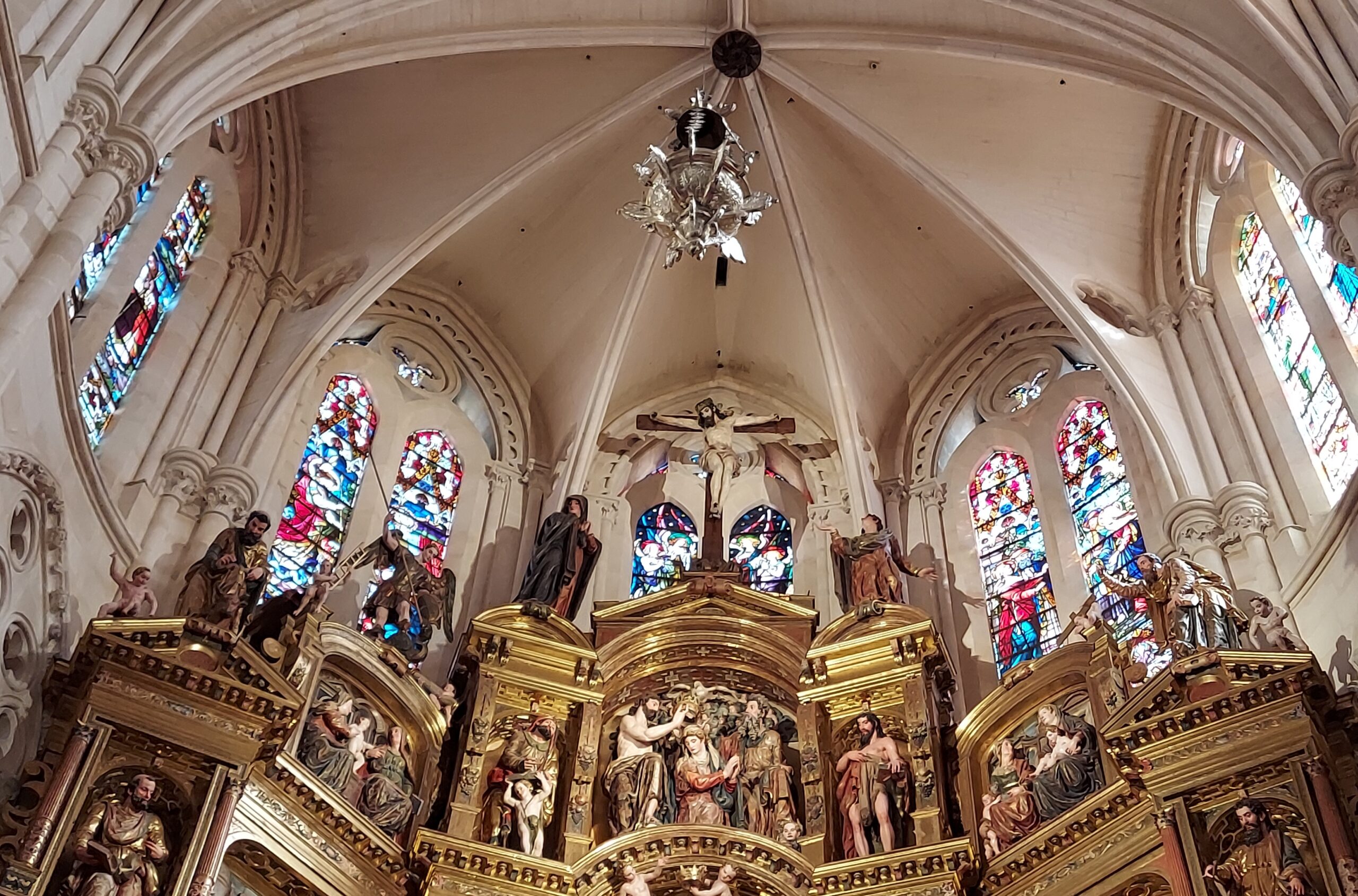
The stained glass windows are stained glass, painted and assembled with lead rods. Since the Middle Ages and to the present day, the procedures for making stained glass have varied very little. According to Pilar Alonso Abad, professor of Art History at the University of Burgos, glass is an inorganic, fragile, hard, transparent and amorphous material.
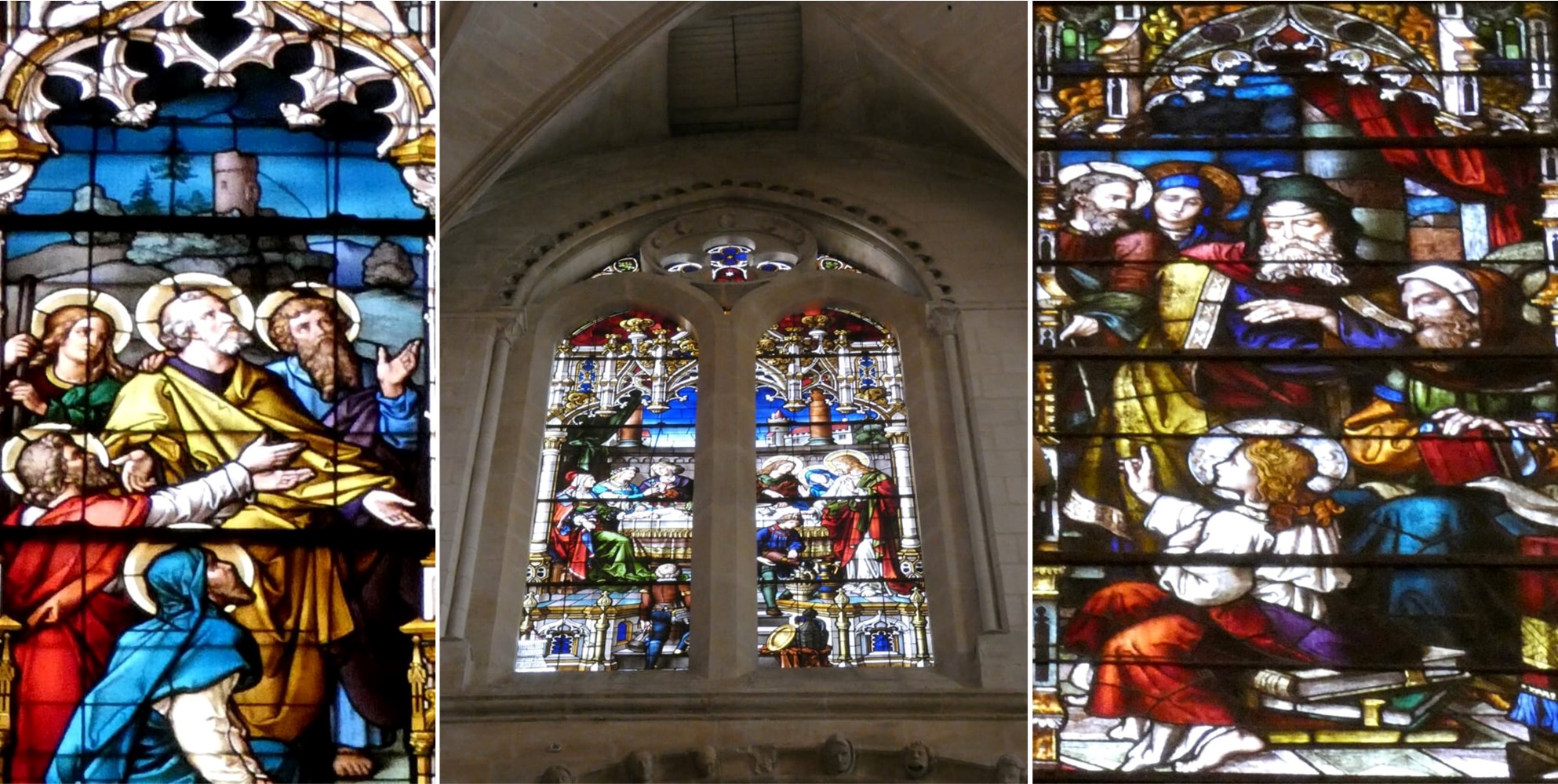
The glazier and painter, Enrique Barrios, indicates that the stained glass begins its process with a design, which is passed as a full-scale drawing onto a cardboard. Therein are marked all the metal structures, the different colors that make up the stained glass and even parts of the decoration. Then the pieces are cut to fit together, in the different colors marked by the painter. The stained glass is an art of fire, having to subject the glass to moderate temperatures to affix the paintings on the glass. Thus the color is melted and fixed on the surface of the glass. To achieve the colors, different metal oxides are applied to the glass and thus the resulting different shades of color. Then, enamels were used to add more vivid and intense colors to the stained glass.
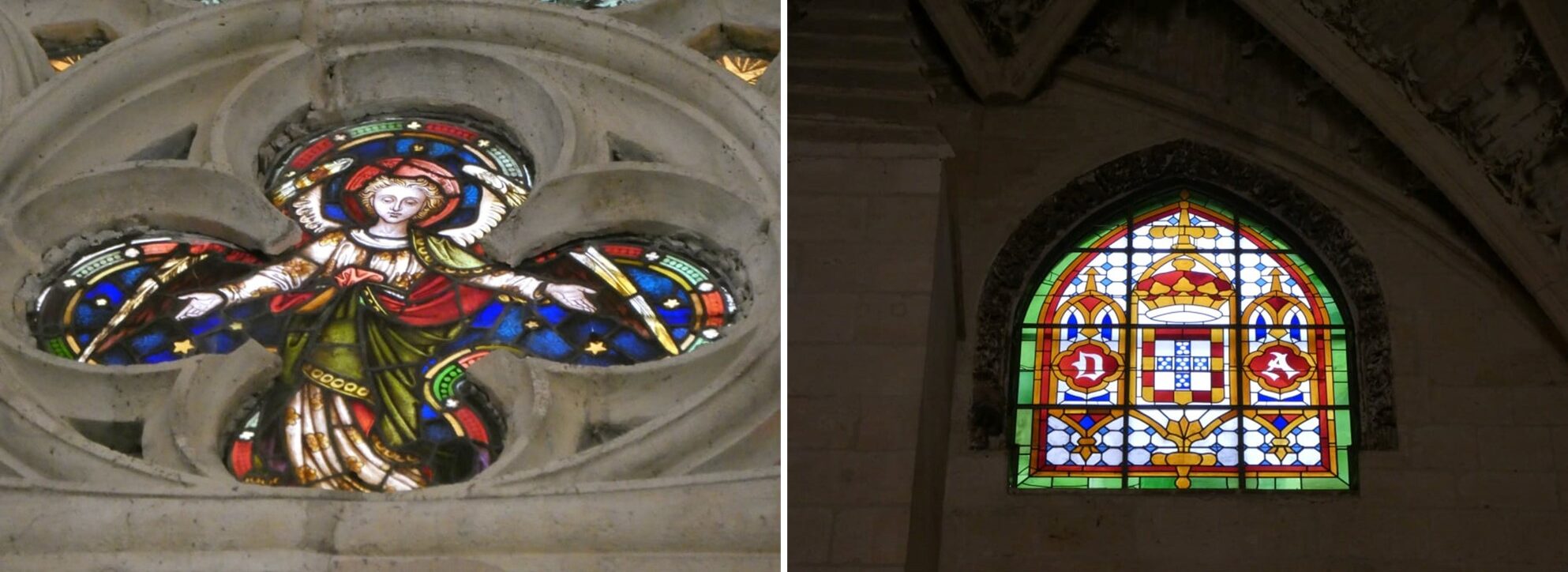
Over time other techniques were added and other pigmentations, such as sanguine, red earth color. This, for example, was used to create the shades of the skin, in the hands, of the complexion, such as the cheeks, the cheekbones.
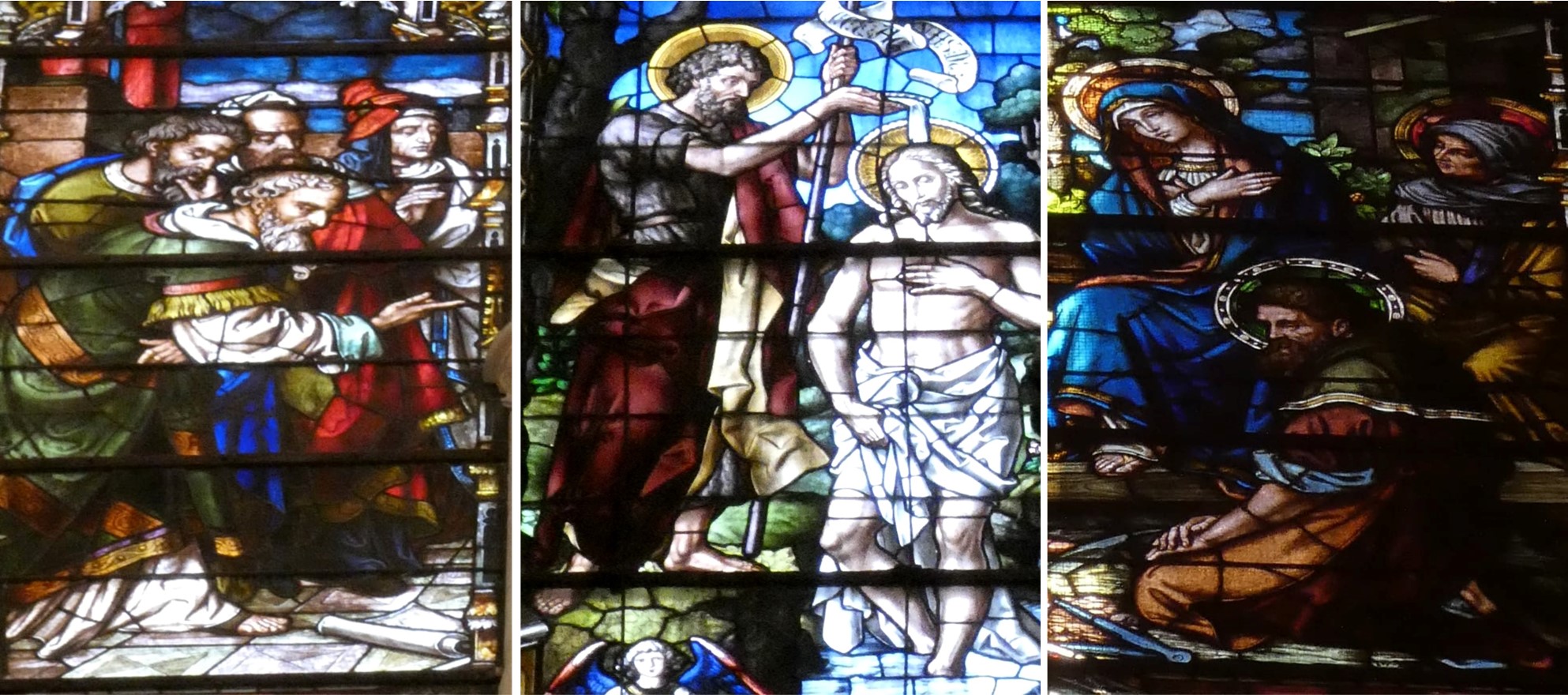
It can be said that the stained glass windows of the Cathedral of Burgos are among the greatest exponents of Spanish stained glass. Of course, without losing perspective that it is an art that is brought to Burgos from France.
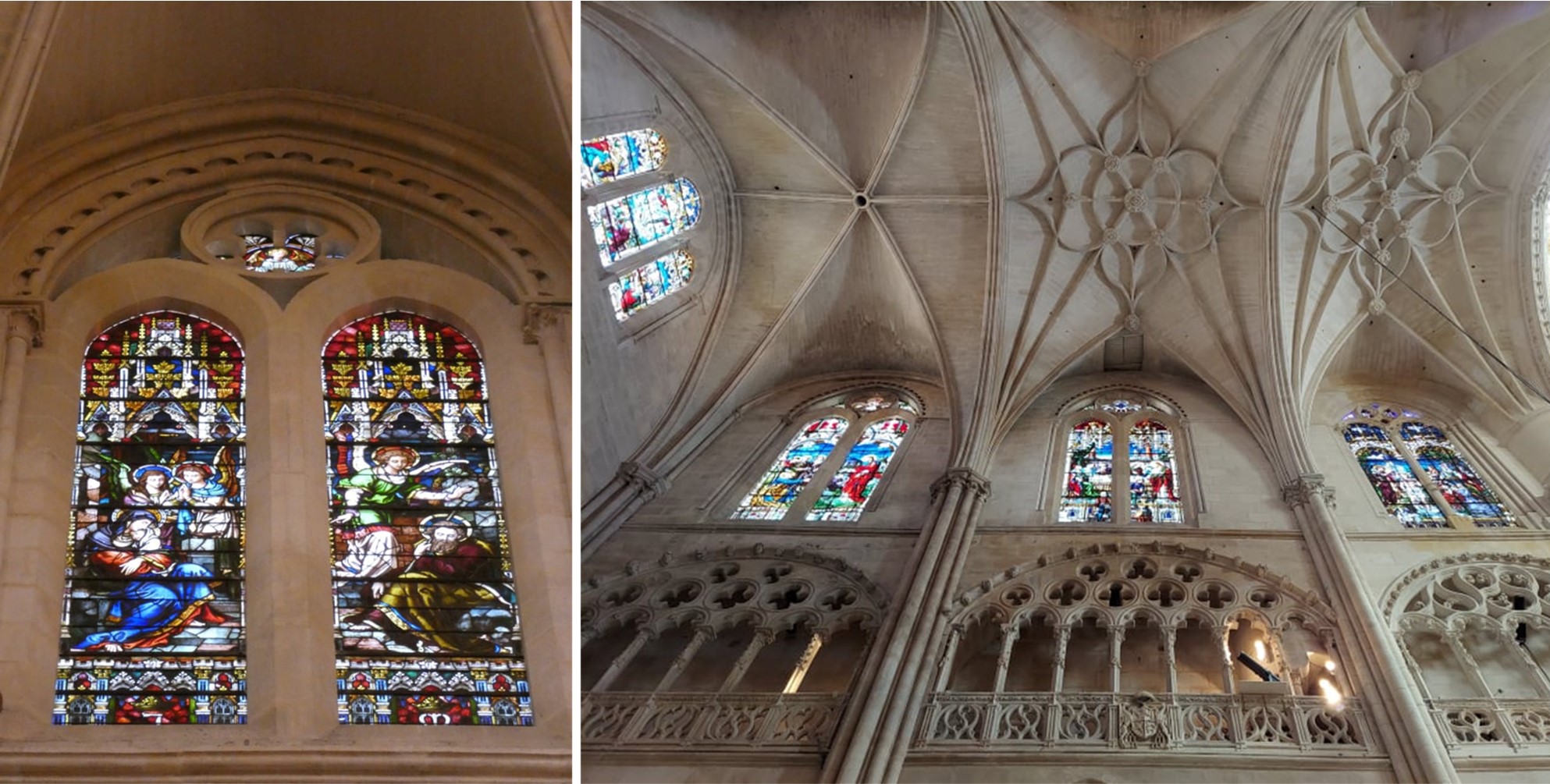
Pertaining to the Middle Ages and in an excellent state of preservation, is the rose window of the “Sarmental” Door and the oculi of the minor doors of the facade of the Portical of “Santa Maria”.

According to Professor Alonso, in these medieval stained glass windows was found a red glass that so far, is unique to Burgos and its cathedral. So it has been called, “Burgos Red Glass” and is a laminated glass with several layers separated from each other into red with a green base glass. This does not imply that in rest of the world you can not find this red, however, so far it has only been found in Burgos, specifically in the Monastery of the “Huelvas” and the Cathedral.
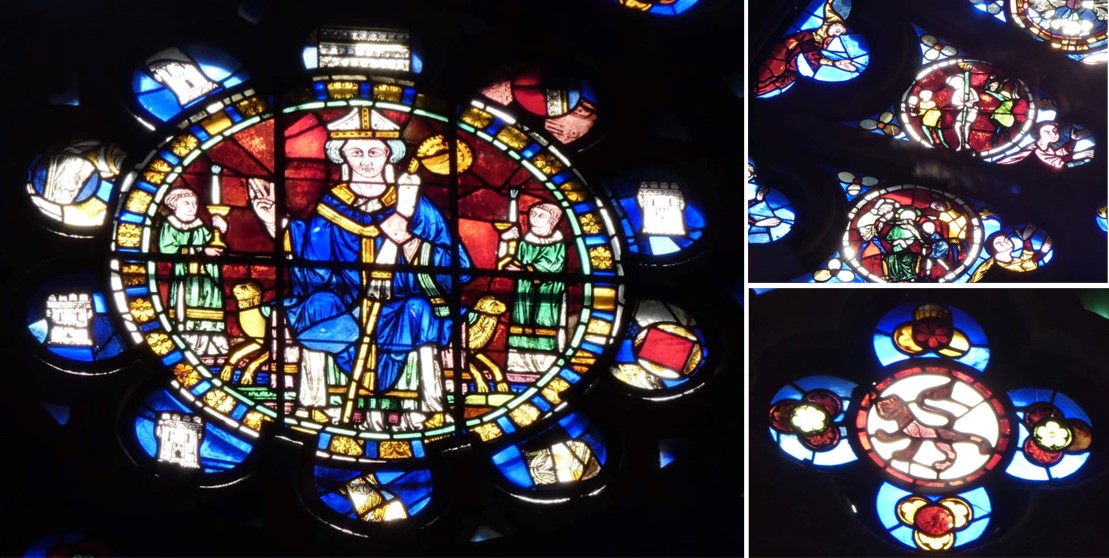
In the late fifteenth century and until the mid-sixteenth century, masters came from Flanders and settled in Burgos, contributed to the golden age of Burgos stained glass. When master “Arnao de Flandes” arrived, it was he that introduced to the stained glass of Burgos a unique technical, formal and stylistic mastery. It is in the Condestable Chapel that we can find an example of this virtuosity.
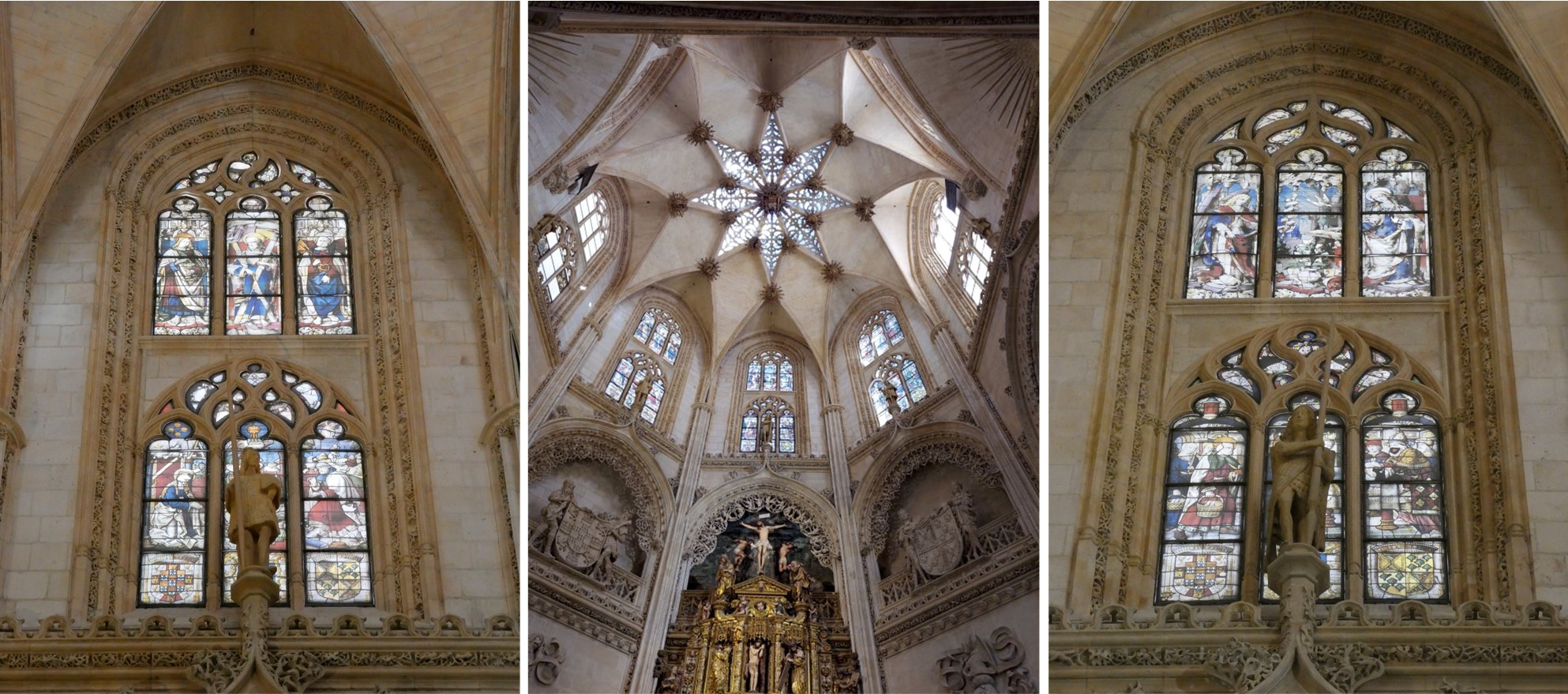
When the Council of Trent arrived and based on some provisions where God is identified in the Holy Scriptures as a being of light, of clarity, is it when the color of the stained glass is questioned. Thus it was that in many structures in Europe the stained glass sets were removed to be replaced by ones without colors. Spain was the exception, continuing with the production of stained glass until the mid-sixteenth century.
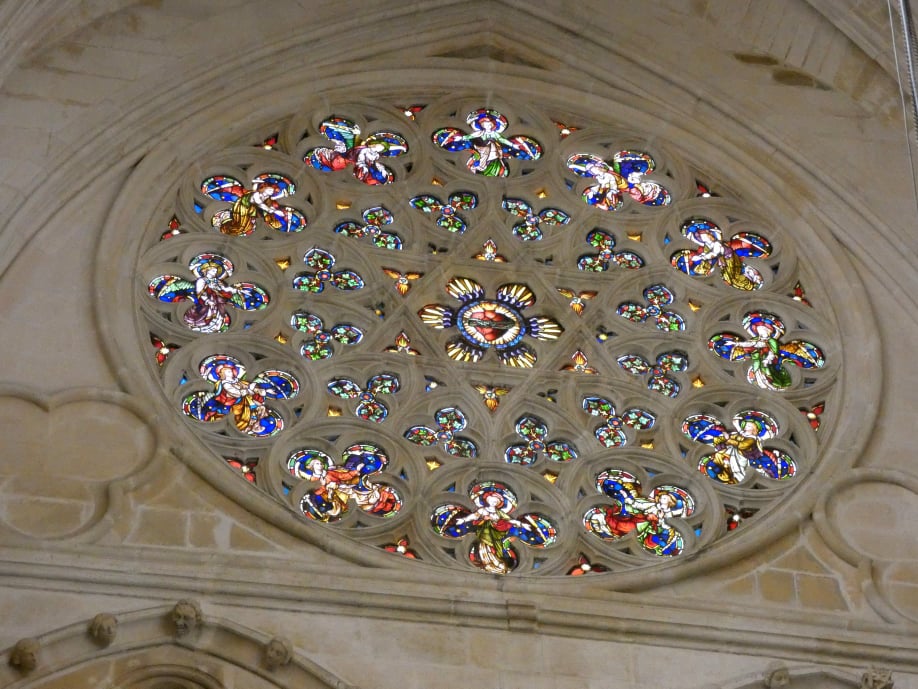
By the eighteenth century the taste for stained glass and decorative arts resurfaced. This led to the careful study of the characteristics of the stained glass and everything that could alter its composition, such as the climate of Burgos, pollution, movements in the foundations and vibrations, among others. It is when importance is given to the restoration and conservation phase.
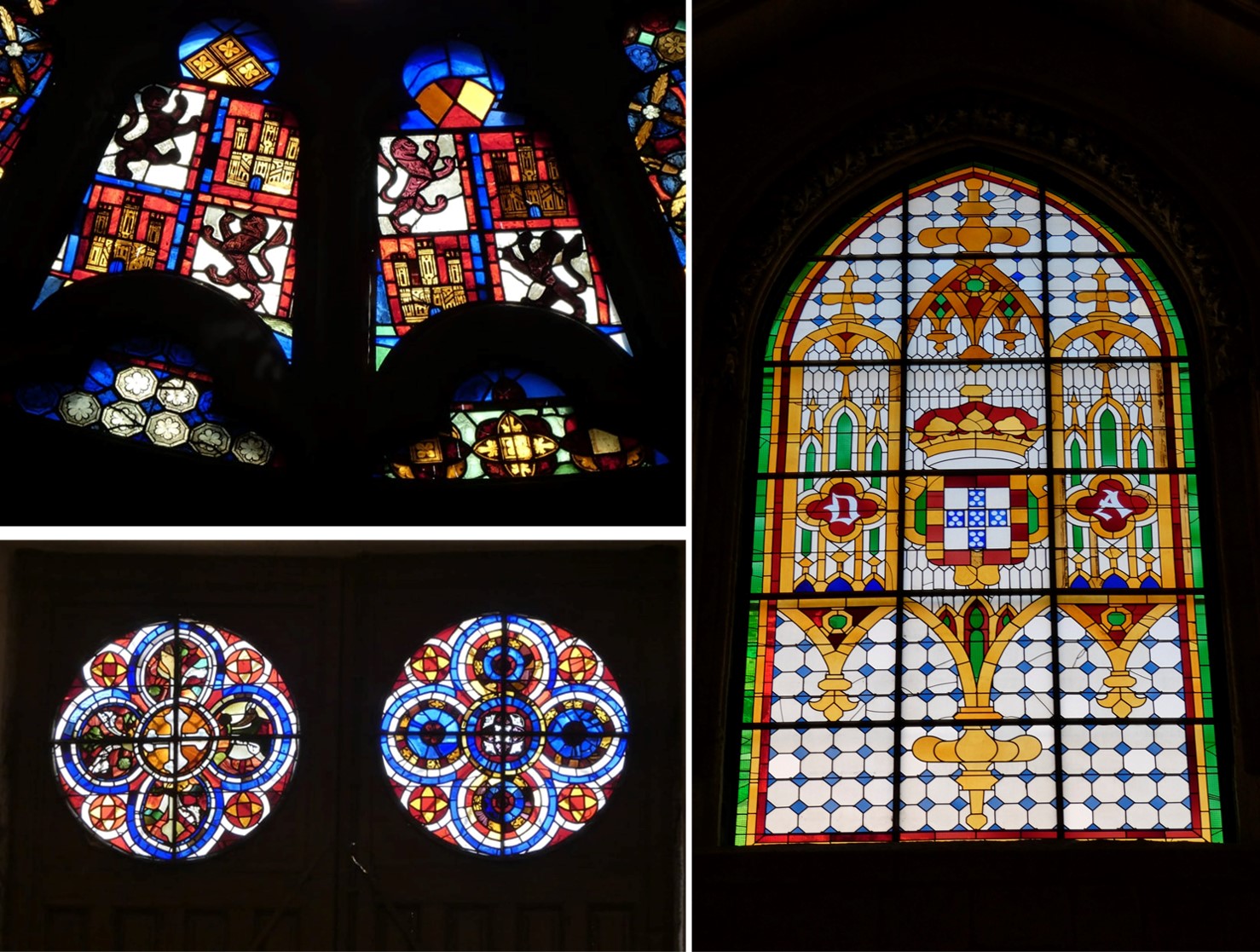
On many occasions the objective of the restoration is done with new stained glass, the parts that have been lost. An example of this is the Cimborrio of the Cathedral of Burgos, where the old stained glass windows was restored and the missing windows were completed.
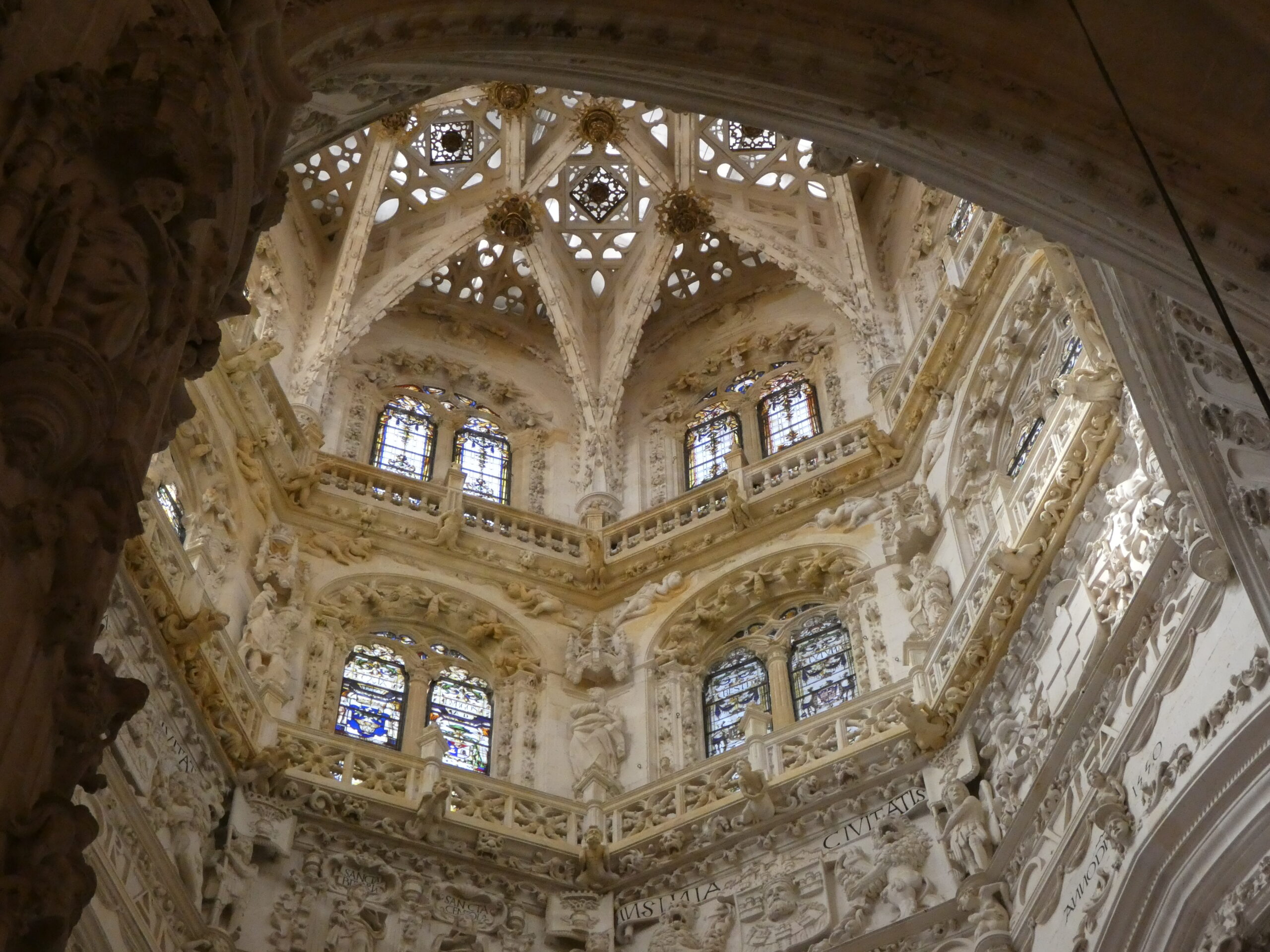
Professor Alonso has also indicated that the process of restoring the stained glass is carried out in the traditional manner, the window is dismantled from its original location and taken to the workshop of the glazier to perform the tasks of cleaning, consolidation and maintenance.
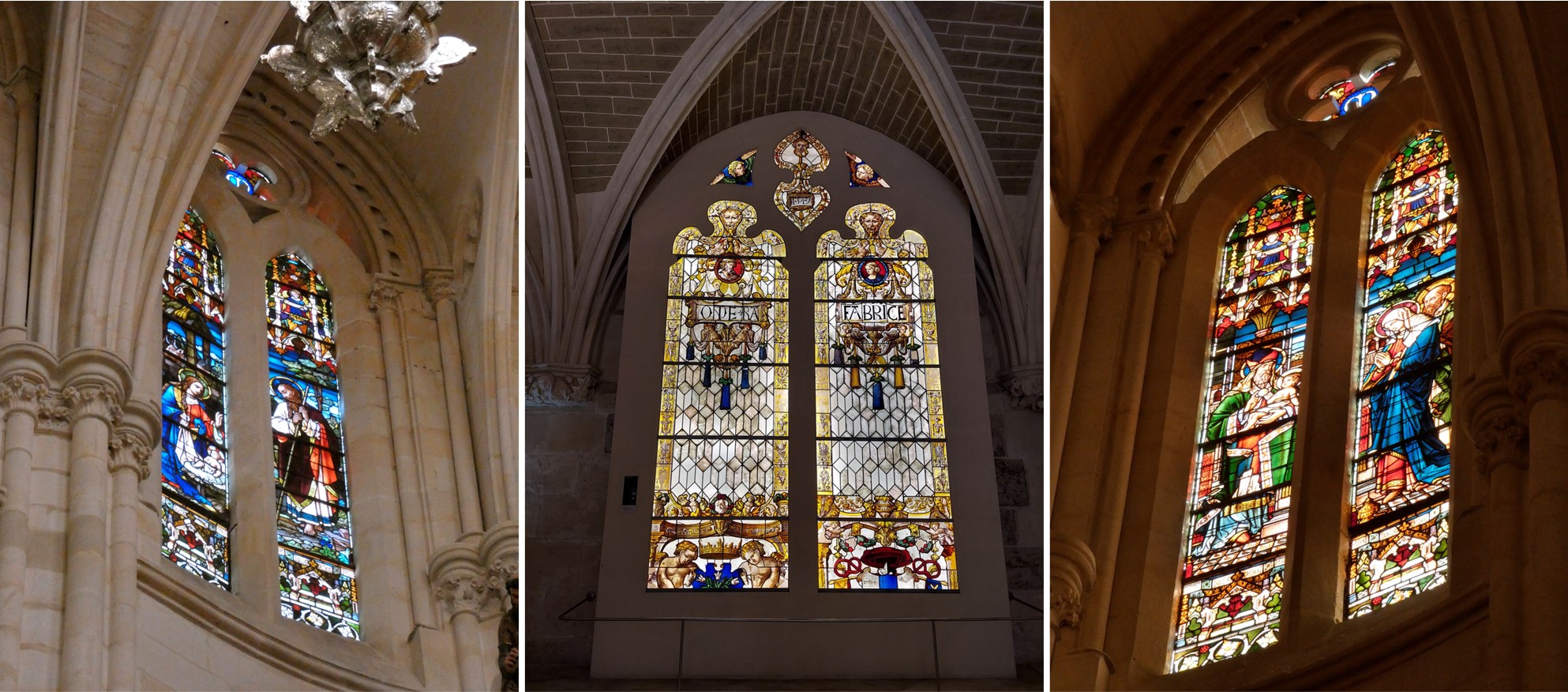
We congratulate the Scientific Culture Unit of the University of Burgos, who have documented the techniques and materials of Burgos glass on the occasion of the 800th anniversary of its Cathedral. We admire the great research of Professor Pilar Alonso Abad and the glassmaker and painter, Enrique Barrios for his dedication to perpetuate this beautiful art. Through them, we have been able to know and appreciate the fascinating history of the stained glass windows of the Cathedral of Burgos.
